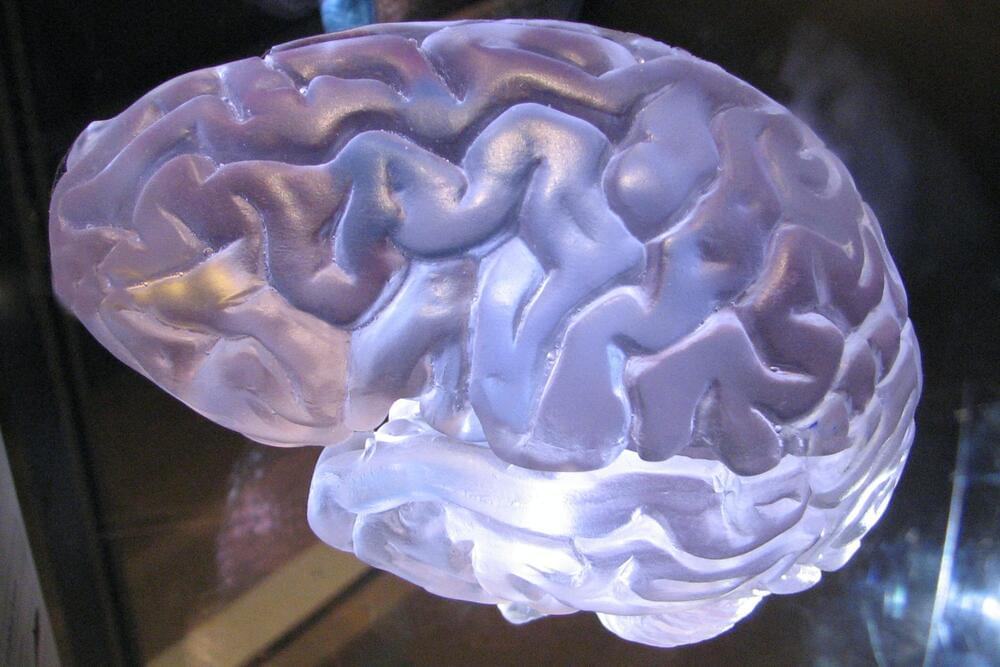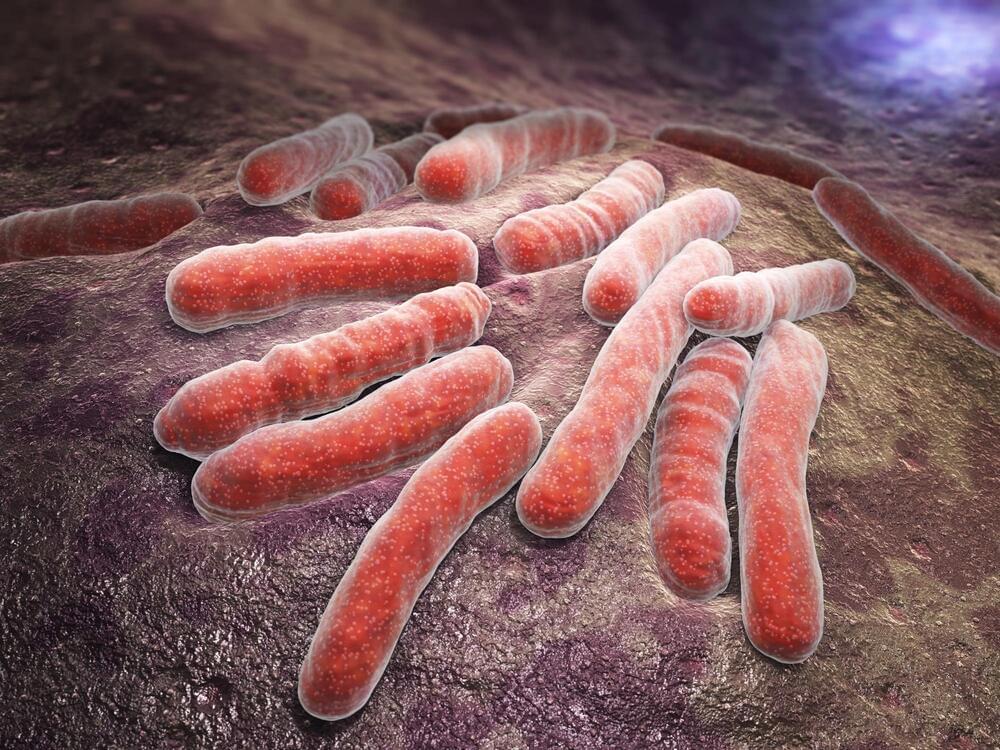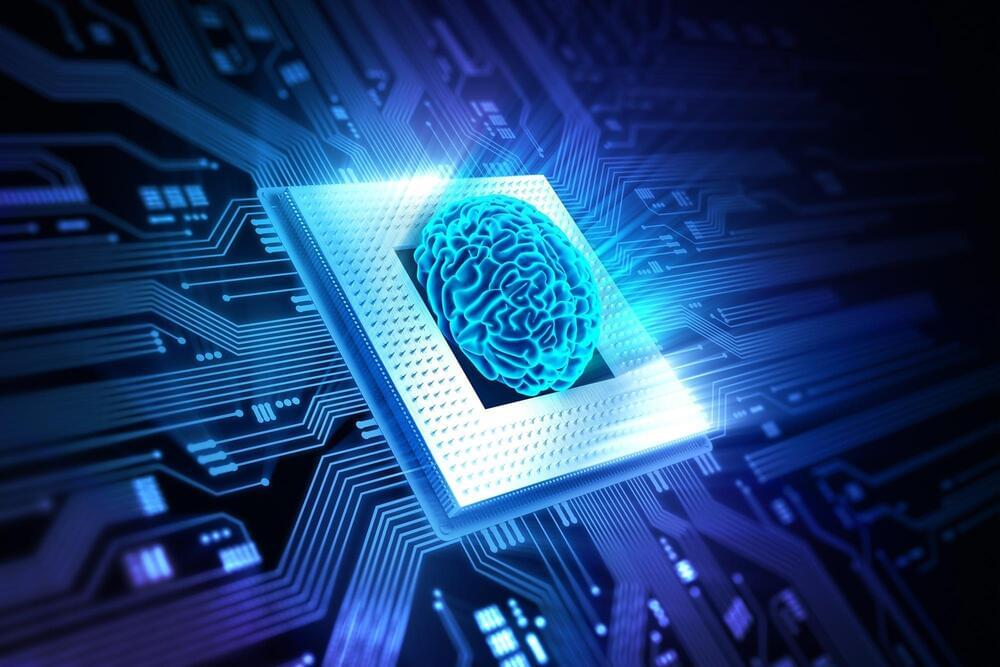The social media behemoth Twitter was recently dealt a significant setback when significant portions of its source code were published online and made public. The corporation proceeded promptly to notify GitHub, an online collaboration platform for software engineers, of a copyright violation in order to get the stolen code removed from the site. It is not known how long the code had been available online, although it seems to have been accessible to the public for a number of months.
Twitter has filed a petition with the United States District Court for the Northern District of California requesting that the court require GitHub to disclose the identity of the individual who is responsible for spreading the code as well as any other users that downloaded it.
According to two sources who have been informed on the internal probe, “Twitter initiated an investigation into the leak, and officials handling the subject have guessed that whomever was involved departed the San Francisco-based firm last year.”









